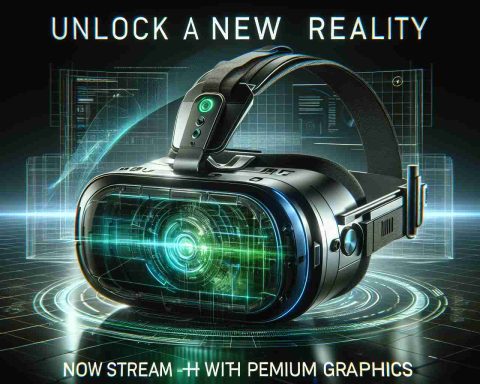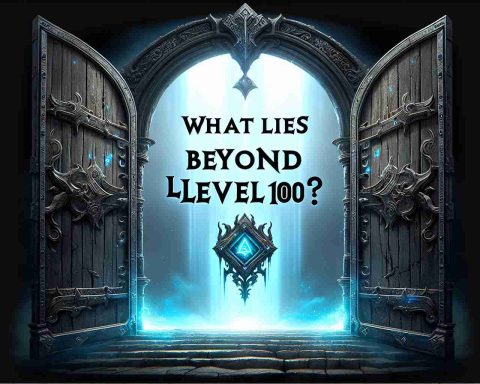The global virtual reality content creation market is expected to experience significant growth in the coming years, reaching a value of USD 46.54 billion by 2026. This surge can be attributed to various factors such as the increasing demand for head-mounted display (HMDs) in the gaming and entertainment sector, the availability of affordable virtual reality devices, the rise of virtual reality marketing, and the high demand for three-dimensional content across industries.
One of the key drivers fueling market growth is the penetration of HMDs in healthcare and architectural applications, as well as the use of virtual reality in training and simulation in aerospace & defense and transportation sectors. These factors are expected to create numerous lucrative opportunities for market players.
The market is segmented based on content type, component, end-use sector, and region. Videos, including 360-degree and immersive content, dominate the market in terms of content type. The software segment holds the highest revenue share in the component category, while the gaming industry leads in terms of end-use sector.
Geographically, North America currently holds the largest share of the virtual reality content creation market, with Asia-Pacific projected to witness the highest compound annual growth rate (CAGR) during the forecast period. The ongoing implementation of virtual reality content creation solutions in North America, along with the strong penetration of virtual reality devices in Asia-Pacific, is driving growth in these regions.
Major players in the market include Blippar, 360 Labs, Matterport, Koncept VR, SubVRsive, Panedia Pty Ltd., WeMakeVR, VIAR (Viar360), Pixvana Inc., and Scapic. These companies are experiencing high demand for high-quality virtual reality content and are capitalizing on the growing market.
Overall, the virtual reality content creation market is poised for exponential growth, driven by technological advancements, increasing consumer demand, and expanding applications across various industries. Market players, investors, and new entrants are advised to capitalize on these opportunities to gain a competitive advantage in the industry.
Additional facts:
– Virtual reality content creation involves the development and production of immersive experiences using virtual reality technology.
– The demand for virtual reality content creation is not limited to gaming and entertainment, but is also expanding in sectors such as healthcare, architecture, education, tourism, and retail.
– The market for virtual reality content creation is driven by the growing popularity of virtual reality headsets and devices, as well as advancements in software and hardware technology.
– The demand for three-dimensional content is increasing as virtual reality offers a more immersive and engaging experience compared to traditional formats.
– The adoption of virtual reality content creation solutions by businesses is driven by the desire to enhance customer experiences, improve training and simulation programs, and stand out in the competitive marketplace.
Key questions:
1. What factors are driving the growth of the virtual reality content creation market?
2. Which industry sectors are driving the demand for virtual reality content creation?
3. Which regions are projected to experience the highest growth in the virtual reality content creation market?
4. Who are the major players in the virtual reality content creation market?
Key challenges or controversies:
– Cost: Virtual reality content creation can be costly due to the need for specialized equipment, software, and skilled professionals.
– Access to technology: Not everyone has access to virtual reality devices, which could limit the reach and impact of virtual reality content.
– Health and safety concerns: Prolonged use of virtual reality devices may cause discomfort or motion sickness for some users.
– Content quality: Creating high-quality virtual reality content requires technical skills and creative expertise, which may pose challenges for some content creators.
Advantages:
– Immersive and engaging experiences: Virtual reality content offers a highly immersive and interactive experience, allowing users to feel like they are part of the virtual environment.
– Enhanced training and simulation: Virtual reality content creation can be used for realistic training simulations in sectors such as healthcare, defense, and aviation.
– Innovative marketing opportunities: Virtual reality content enables businesses to create unique and memorable marketing campaigns, attracting and engaging customers in new ways.
Disadvantages:
– Cost and accessibility: Virtual reality devices and content creation tools can be expensive, limiting access for some individuals and businesses.
– Technical challenges: Creating high-quality virtual reality content requires technical expertise and specialized equipment, which may pose challenges for content creators.
– Health concerns: Some users may experience discomfort or motion sickness when using virtual reality devices for extended periods.
Related links:
– Virtual Reality Content Creation Market Size, Segmented by Product Type, Top Manufacturers, Geography, Trends, and Forecasts to 2026
– Virtual Reality Content Creation Market Revenue to Expand at 30% CAGR Through 2028
– Virtual Reality Content Creation Market Size Estimated to Reach USD 31.03 Billion by 2027



















